What will the balance of wildlife in Montana look like in 2043?
Thirty years is not much in terms of wildlife population changes under normal conditions. Populations can go up and down from year to year, but overall many populations will slowly decline as habitat is permanently lost to human activities and development. Weedy species like white-tailed deer will increase while more specialized species like mule deer will decrease.

Does that 2043 balance take into consideration the effect of climate change?
The two big drivers of wildlife numbers in the next 30 years will be climate change and loss of habitat (including fragmentation) due to land use change. Climate change will shift the distribution of plants and create new habitats in wild areas; it will exacerbate the effects of changing land use making developed areas even less hospitable to many species. Wildlife species will have to shift also; generally moving up in elevation or northward to find the environments they need. Populations of Alpine species in general will decrease; maybe by as much as one quarter.
No doubt that different classes and species of animals will survive in different ways and numbers. Which have the easiest road to evolutionary success, and which the least?
Evolutionary success is best measured in millennia so it’s hard to predict. Survival of the fittest is just as true today as it was when Darwin coined the phrase; one thing that has changed is that humans are increasingly important as agents of natural selection. Species that can benefit from human-caused changes in climate and landcover will do well as long as humans continue to thrive. Humans are an extremely weedy species and we have colonized all the habitats on the planet. Our populations are sustained by fossil fuels and monocultures of a few food plants however, and those may face difficulties before alternatives are found. We are also so densely packed that a plague or two of zoonotic diseases may significantly decrease our populations worldwide. Our descendants may live in a world of rats, rubbervines, cockroaches, and pigeons.
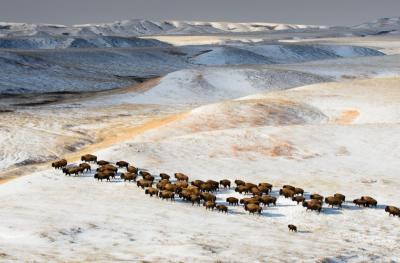
Montana’s human population is only projected to grow about 10% over the next 30 years. Is habitat loss still an issue given this modest projection?
Projections like this may be underestimated depending upon the rate and form of climate change. If lower elevations and latitudes become uncomfortable we may see more people than expected moving to Montana if they have the means. Even if we grow at only 10% it will still be a significant loss of habitat unless new development is focused only in areas that are already developed. Wide-ranging species like grizzlies and wolverine have barely enough habitat at the moment to maintain populations; any loss in habitat or connectivity could tip them over the threshold to local extinction.
Will movements to restore wildlife populations to eastern Montana prove successful?
I believe they will be successful, particularly bison. Landowners will have a lot more to worry about as they lose their land to oil and gas, coal, wind, and solar energy than they will to bison. It is likely that bison can habituate to energy development infrastructure as long as they are not harassed, and as long as they have plenty of forage. The native grasslands may paradoxically be the last areas where wildlife will be allowed since the grazing leases are held by cattle ranchers.
Water. Do you see the availability of water impacting wildlife populations in any particular way?
Water will soon be more valuable than oil, especially in areas of a drying climate. As people control the supply of water more and more for their own needs, wildlife will inevitably suffer. Climate change will affect the amount of water stored in the snowpack, and the timing of its release. Spring floods will be more intense and the water will be gone more quickly making downstream areas able to support fewer animals, and fish, late in the season. In 30 years, the Yellowstone River may be known for its bass fishery.
Fire. In what ways will the proliferation of wildfires impact various wildlife populations?
Drought, high temperatures, and wind are the primary drivers of wildfires. It doesn’t matter if you thin the forest, or salvage dead trees, or log some areas; everything will burn when conditions are right. And conditions are becoming more fire-prone as the climate changes. As fires become more frequent, and probably larger, much of the mature forest stands will be lost, even in Alpine areas. Animals that require these habitats — forest carnivores, elk for security, moose, squirrels, goshawks, great gray owls, bears, etc. — will all lose significant habitat and see population declines.
We haven’t mentioned bird life and, in particular, raptors. Describe for us their prospects over the next three decades.
As I mentioned before, species that can benefit from human-caused changes in climate and landcover will do well in the next 30 years. Unfortunately, not many raptors fit into that category; they primarily need native habitats like grasslands or forests, and feed on native prey. Raptor-like birds like the corvids may adapt well and we’ll see more magpies, crows, and gray jays. There may be some surprises too; great horned owls may increasingly feed on cats, skunks, and squirrels and nest more frequently in suburbs and towns. When I was a kid there were no turkey vultures in Jackson Hole; now there are. I think they’ll continue to increase and expand their range. Riparian songbirds will decline along with their habitat.
Realistically, and perhaps idealistically, what are the most important things that can be done to preserve and even grow Montana’s extant wildlife?
We need to live more simply to mitigate the effects we have on the environment. We also need to vote, and vote intelligently. We do not have to choose between jobs and the environment; we need to choose jobs that respect and support the environment. And we need to carefully plan our activities and developments to maintain the ecosystems that we still have. Intact wild ecosystems will be the key to minimizing the damage of climate change.

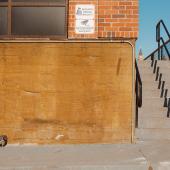
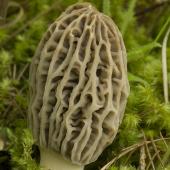
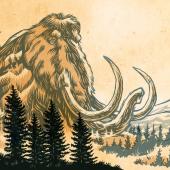
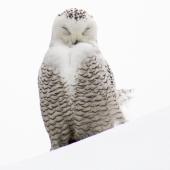
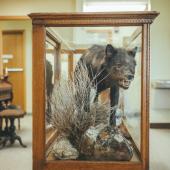
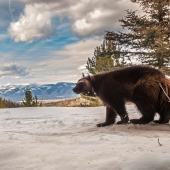

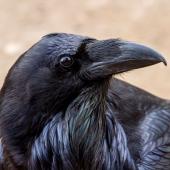

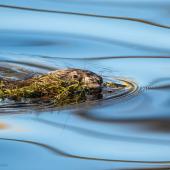
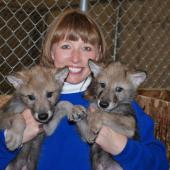
Leave a Comment Here